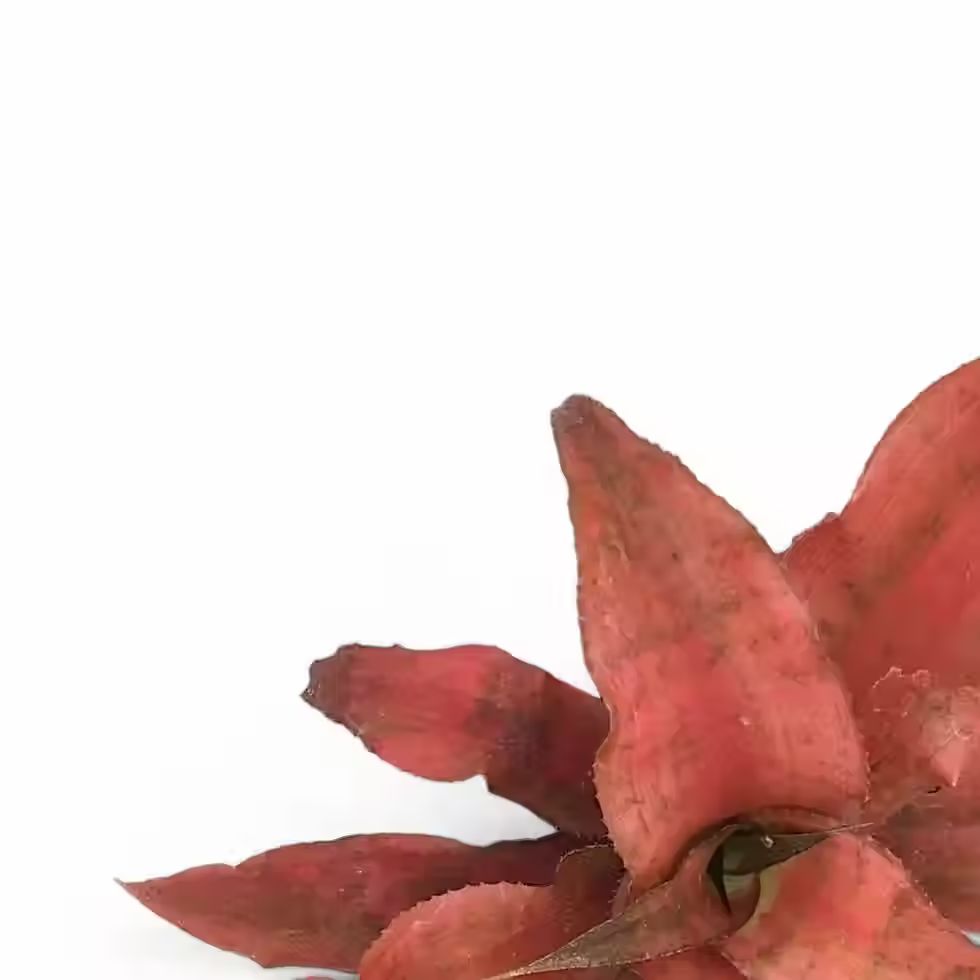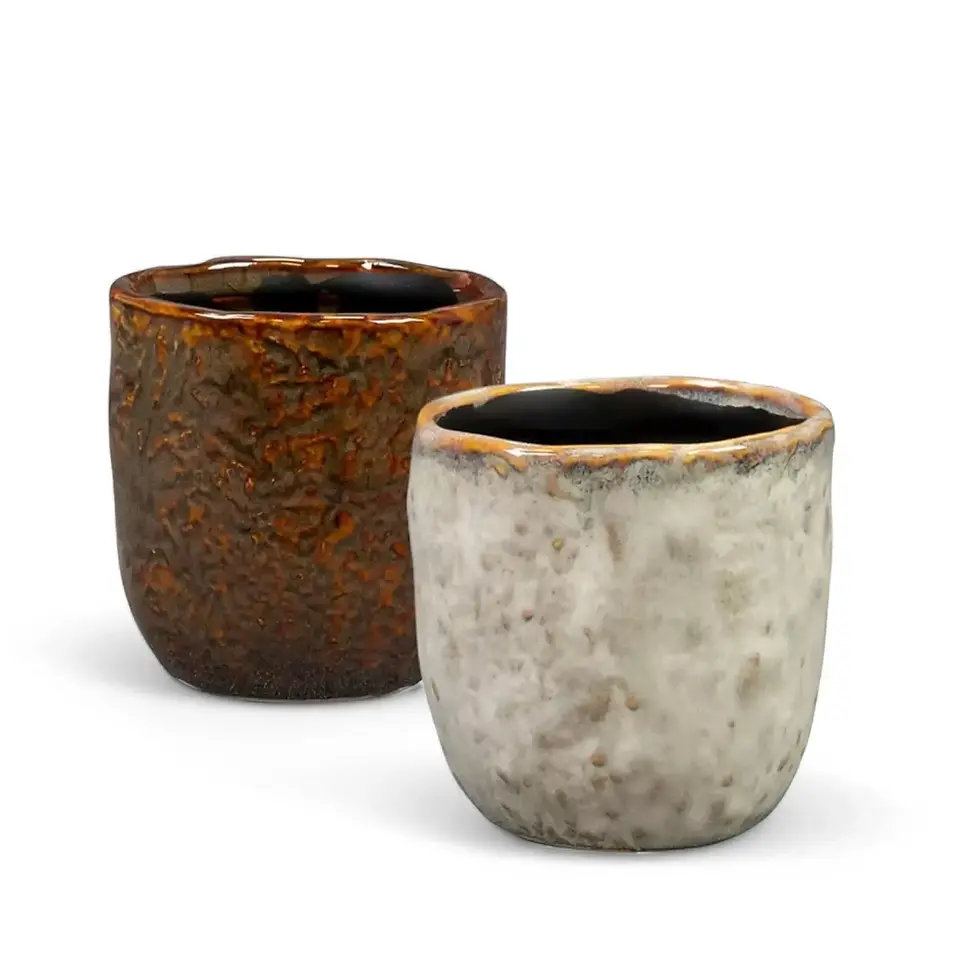Aeschynanthus 'Japhrolepis' - Information and Plant Care
Aeschynanthus 'Japhrolepis' is a stunning hybrid that adds a touch of natural elegance to any space. Known for its long, cascading stems and glossy dark green leaves, this plant is an ideal candidate for hanging baskets, where it can fully display its trailing beauty. In summer, it produces vibrant blooms that range from deep red and burgundy to orange and green, creating a striking contrast against its lush foliage.
With its exotic appearance and low-maintenance care requirements, Aeschynanthus 'Japhrolepis' is perfect for plant enthusiasts looking to add a visually stunning plant to their collection without much hassle. It thrives in ordinary room temperatures but appreciates higher humidity, making it a versatile choice for a range of indoor environments.
Key Features of Aeschynanthus 'Japhrolepis'
- Growth Habit: Long, trailing stems ideal for hanging baskets. As it grows, the stems develop a dense covering of deep green, glossy leaves.
- Leaf Texture and Color: The dark green leaves have a rich, glossy texture, contrasting beautifully with the vivid blooms.
- Flowering: Produces tubular flowers in summer, with colors ranging from red and burgundy to orange and green, lasting for several weeks.
- Low Maintenance: Thrives in ordinary room temperatures, with its main requirement being high humidity for optimal growth.
Caring for Aeschynanthus 'Japhrolepis'
- Light: Prefers bright, indirect light. Avoid direct sunlight to prevent leaf scorching. A spot near a window with filtered light is ideal.
- Watering: Water when the top few centimeters of soil are dry. Use pots with drainage holes to prevent root rot.
- Humidity: Thrives in high humidity (above 60%). Use a humidifier or group plants together. Misting is unnecessary, but occasional foliar feeding may help.
- Soil: Use a well-draining potting mix with added organic matter for optimal growth.
- Temperature: Ideal range is 18-24°C. Avoid cold drafts and placement near windows during winter.
- Fertilizing: Feed monthly with a balanced liquid fertilizer. No seasonal adjustments are required maintain regular feeding year-round.
Common Issues with Aeschynanthus 'Japhrolepis' and Solutions
- Root Rot: Caused by overwatering or poor drainage. Ensure the plant is in well-draining soil and excess water can escape.
- Browning Leaves: Often due to low humidity or underwatering. Increase humidity or water more frequently.
- Yellowing Leaves: Can result from overwatering or poor light conditions. Adjust watering or relocate to a brighter spot with indirect light.
- Pests: Watch for spider mites, fungus gnats, mealybugs, or whiteflies. Regularly inspect under leaves and around the soil. Treat with insecticidal soap , neem oil, or use beneficial insects if needed.
Additional Considerations for Aeschynanthus 'Japhrolepis'
- Light Requirements: Avoid low-light areas, as this may reduce flowering.
- Watering Tips: Always check soil moisture before watering. Let the soil dry slightly between waterings.
- Placement Considerations: Allow the trailing stems to develop freely. Avoid areas with fluctuating temperatures or direct drafts.
Understanding the natural habitat of your plant or its hybrid lineage helps in providing optimal care. By mimicking these conditions, your plant won’t just survive but will thrive.
Etymology of Aeschynanthus 'Japhrolepis'
The name Aeschynanthus originates from the Greek words aischyne (shame) and anthos (flower), referring to the scarlet flowers in some species, historically associated with blushing or shame. While the exact meaning is rooted in color association, it highlights the striking and vibrant nature of the plant’s blooms.
Aeschynanthus 'Japhrolepis'
Aeschynanthus 'Japhrolepis' is approximately 50 cm long/ tall and comes in a ⌀ 17 cm pot.

























































